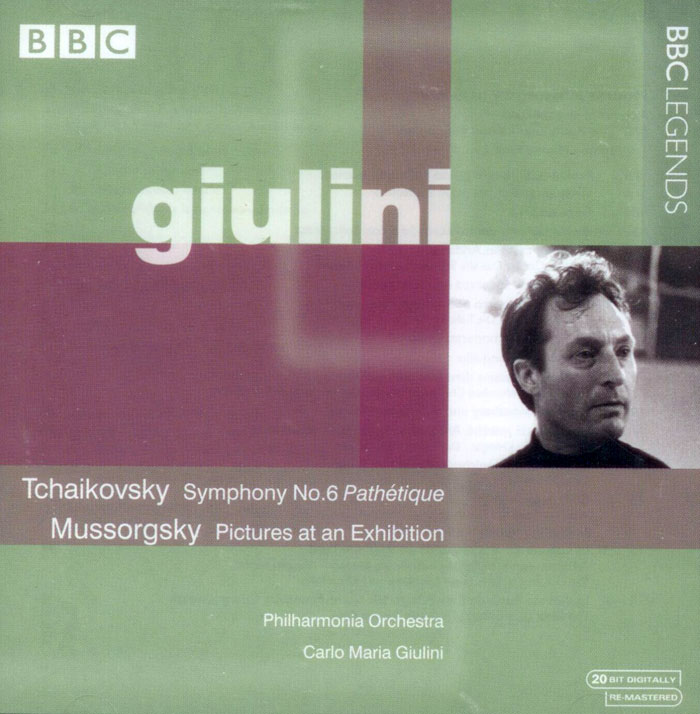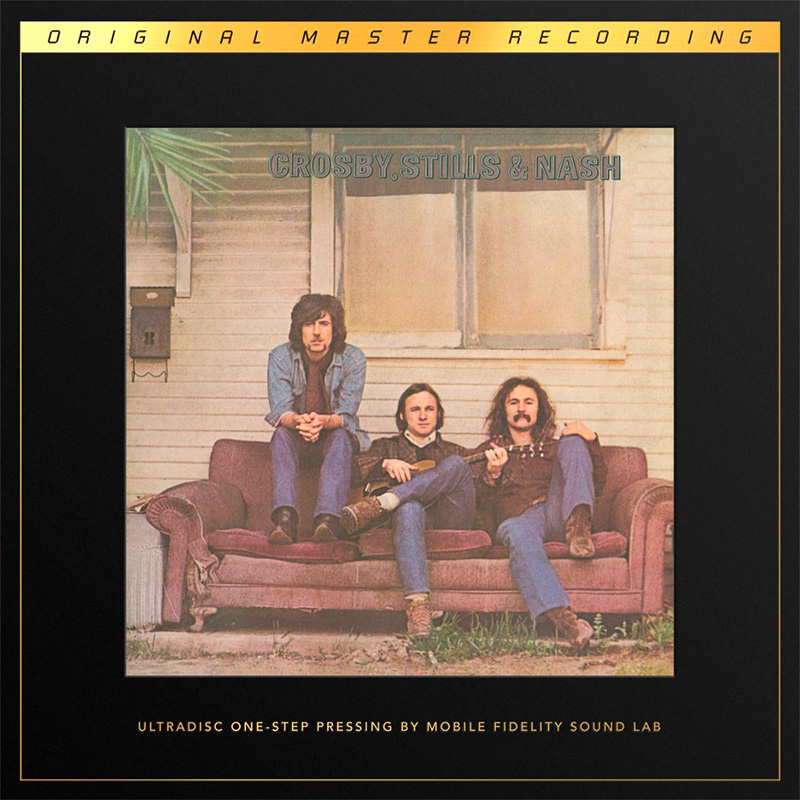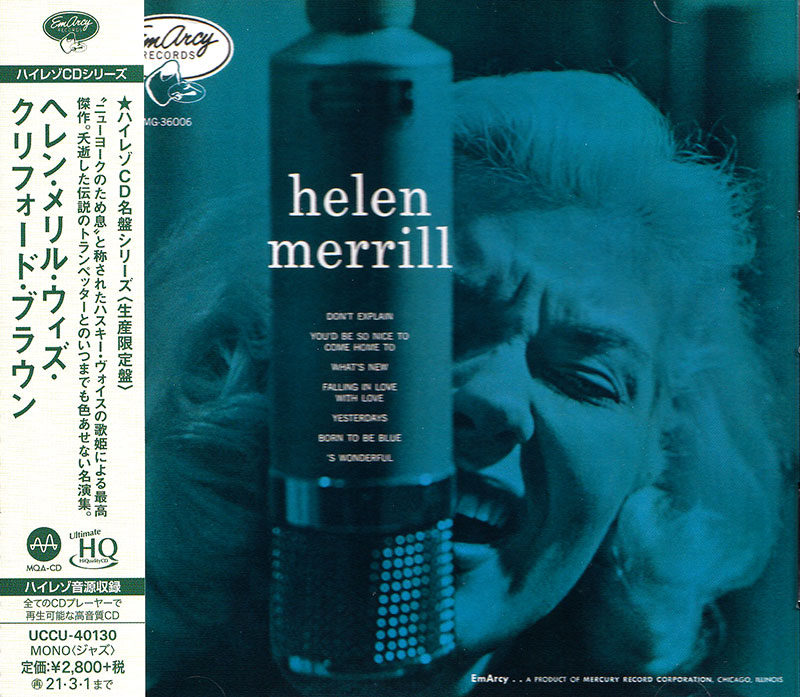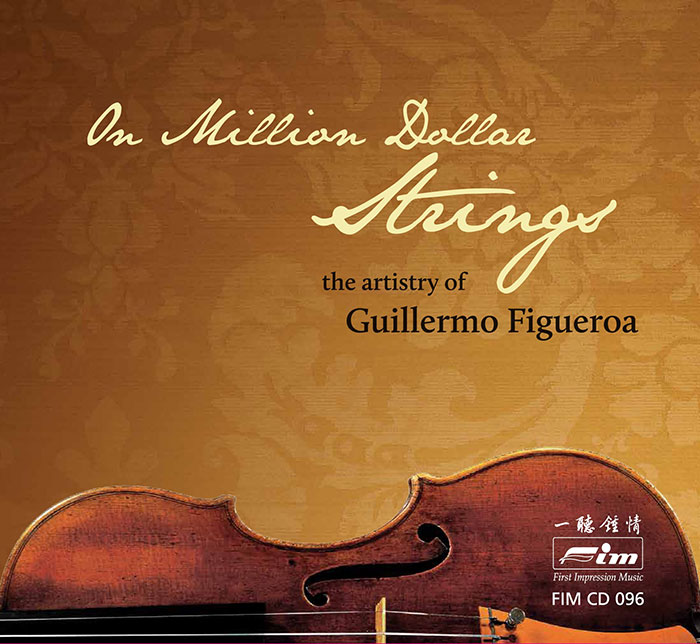Logowanie
OSTATNIE EGZEMPLARZE
Jakość LABORATORYJNA!
ORFF, Gundula Janowitz, Gerhard Stolze, Dietrich-Fischer Dieskau, Deutsche Oper Berlin, Eugen Jochum
Carmina Burana
ESOTERIC - NUMER JEDEN W ŚWIECIE AUDIOFILII I MELOMANÓW - SACD HYBR
Winylowy niezbędnik
ClearAudio
Essence MC
kumulacja zoptymalizowana: najlepsze z najważniejszych i najważniejsze z najlepszych cech przetworników Clearaudio
Direct-To-Disc
PIAZZOLLA, ChamberJam Europe
Tangos del Ángel y del Diablo
Direct-to-Disc ( D2D ) - Numbered Limited Edition
MUSSORGSKY, TCHAIKOVSKY, Carlo Maria Giulini
Pictures at an Exhibition / Symphony No. 6 in B minor

- Modest Mussorgsky - Pictures at an Exhibition
- 01. Promenade (1:41)
- 02. Gnomus (2:22)
- 03. Promenade (1:02)
- 04. Il vecchio castello (4:15)
- 05. Promenade (0:33)
- 06. Tuileries (1:13)
- 07. Bydlo (2:24)
- 08. Promenade (0:42)
- 09. Ballet des poussins dans leur coques (1:18)
- 10. Samuel Goldenberg und Schmuyle (2:14)
- 11. Limoges - le marché (1:18)
- 12. Catacombae: Sepulchrum Romanum (1:54)
- 13. Cum mortuis in lingua mortua (1:57)
- 14. La Cabane sur des pattes de pule (3:16)
- 15. La Grande Porte de Kiev (5:04)
- Tchaikovsky, Synphony 6 b, Op. 74, Pathetique,
- 16. Adagio, Allegro non troppo (18:50)
- 17. Allegro con grazia (7:05)
- 18. Allegro molto vivace (8:46)
- 19. Finale. Adagio lamentoso - Andante (9:55)
- Carlo Maria Giulini - conductor
- The Philharmonia Orchestra - orchestra
- MUSSORGSKY
- TCHAIKOVSKY
This live recording was made in Edinburgh's Usher Hall in 1961 when the conductor was 47 years old. It features Mussorgsky's virtuoso showpiece 'Pictures at an Exhibition' and Tchaikovsky's lyric, expressive Symphony No. 6. Giulini has a particular knowledge of the Mussorgsky because one of his composition projects while he was a student was to orchestrate the original piano score. At the time, he was not familiar with Ravel's orchestration, which is employed here. Giulini exploits the lyric possibilities in the suite, which are often obscured by the work's sheer technical demands. The second featured work, Tchaikovsky's Symphony No. 6, is a vehicle for all of Giulini's finest gifts, not the least of which is his ability to pace a performance so that the overall structure makes sense to the listener. Giulini's tempo for the third movement is faster than what is usually heard and is quite thrilling. The album as a whole is very illuminating in that it was recorded live in the pre-digital era and presents an unedited example of a conductor's work, complete with the ambiance of the hall including the audience rustling between movements, and, of course, applause.

























